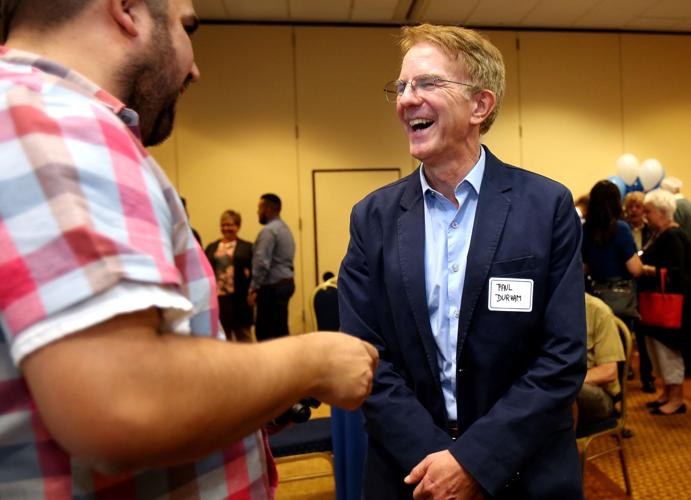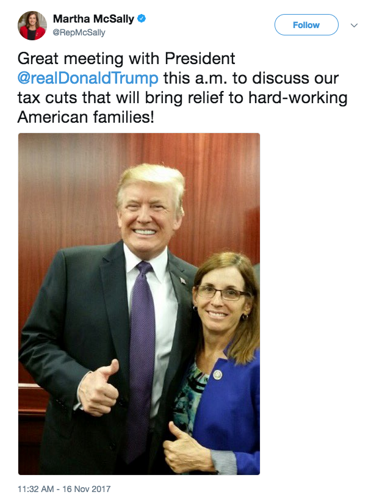Every four years, the city of Tucson holds council elections that reinforce what’s wrong with our election system.
Republican candidates usually win the vote in two wards but they lose their elections to Democrats because of the citywide vote swamping the ward’s preferences.
2017, though, was not one of those years.
This was a year when Democrat-dominated wards were electing their council members. And this year, a breakdown of the results shows, the Democrats won their wards by wider margins than they won the citywide vote, which they also won handily.
In Ward 3, where Democrat Paul Durham faced independent Gary Watson in the race to replace incumbent Karin Uhlich, Durham took 66 percent of the vote, to Watson’s 33 percent. One percent of the votes were write-ins.
Citywide, Durham won 59 percent to Watson’s 40 percent.
In Ward 6, Democratic incumbent Steve Kozachik won 70 percent of the vote to 22 percent for Republican Mariano Rodriguez and 7 percent for Green Mike Cease.
Citywide, Kozachik won 60 percent to Rodriguez’s 33 percent and Cease’s 7 percent.
Ward 5 Councilman Richard Fimbres, a Democrat, ran unchallenged. He won 95 percent of the votes in the ward to 5 percent that went for write-in candidates. Citywide, he won 94 percent of the vote, to 6 percent for write-ins.
None of this means that the system is just. In our system, we hold ward-only primaries, so the ward’s voters pick who the general-election candidates will be. Then in the general, all the cities’ voters get to make the final decision on who will represent each ward.
Tucsonans have mulled and reconsidered the system for years, and the Legislature has tried to change it before being rejected by the courts. Most recently, in 2016 a charter-review commission gave the City Council options for alternative election systems to consider, but the council declined to put either on a city ballot.
At the time, Republicans were challenging the constitutionality of Tucson’s system in court, but the 9th U.S. Circuit Court of Appeals ruled in March 2017 that the system is constitutional, and the U.S. Supreme Court declined to intervene.
That doesn’t mean it’s fair, though, as we’ll probably see in 2019. That’s when the east-side seats in Ward 2 and Ward 4 are up for election again. In 2015, as has happened many times before, the Democratic incumbents won re-election to those seats even though they lost handily in their wards.
McSally joins
Trump again
Rep. Martha McSally, the Tucson Republican considering a run for U.S. Senate, continued her sudden public embrace of President Trump and his policy positions this week.
McSally introduced a bill that would eliminate the “diversity visa” program, a program that awards 50,000 permanent-resident visas per year through a lottery system. Trump called for the program to be eliminated after an Uzbek immigrant who entered the country by winning a visa through the program mowed down pedestrians and bicyclists on a New York City street Oct. 31.
McSally’s bill would eliminate 26,000 of those 50,000 visas, and the other 24,000 would no longer be handed out on a lottery basis. Instead, 8,000 would go to applicants who qualify for EB1, EB2 or EB3 visas, categories that include researchers, professors, artists, businesspeople and highly skilled workers.
She posted four times on Twitter about her proposal, which dovetails perfectly with Trump’s August proposal to cut legal immigration by half, making it easier for higher-skilled immigrants to come in while making it harder for lower-skilled foreigners to get green cards.
One of McSally’s explanations: “New State Department data reveals that since 2007 nearly 29,000 foreign nationals from Syria, Sudan & Iran (3 state-sponsors of terrorism) have become legal immigrants through the diversity lottery program.”
In this and another tweet, McSally was playing on fear, as Trump often does. The fact is, people from countries that are state sponsors of terror want to leave for a reason — often, their oppressive and terroristic states.
Tucson immigration attorney Mo Goldman told me this is just the latest of several attempts to eliminate the program.
“Hundreds of thousands of people have gone through the program who are not terrorists,” he noted.
Bannon vs. Sanders
No protesters interrupted Steve Bannon’s speech at the Brian Terry Foundation dinner in Tucson Saturday night.
But Bryan Sanders, who is best known for getting punched at a Tucson Trump rally in 2016, managed to confront Bannon during the dinner.
Sanders got into the dinner by requesting credentials via American Babylon, a web-based publication he runs. I saw him and thought nothing of it, assuming he would produce a video on Bannon’s appearance.
Well, he did make a guerrilla-style video. After Sanders approaches, Bannon stands and they introduce themselves. Then Sanders says, “I couldn’t have you come to Tucson and not hear this: What you’re proposing out there is driving the country apart.”
Sanders went on to call Bannon a white supremacist, say he’ll end up in an orange jumpsuit, and ask him to pose for a picture while saying “1,2,3 treason!”
Bannon stayed cool, but Sanders’ activist performance art was not appreciated by his nephew Jack Bannon. The younger Bannon, who later told me he grew up on Tucson’s northwest side and went to Canyon del Oro High School, confronted Sanders near the door and suggested they take it outside.
Sanders declined and left.





